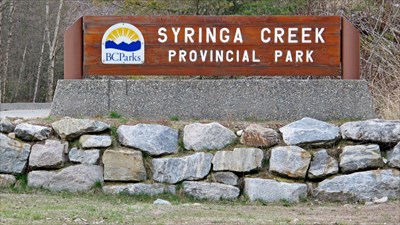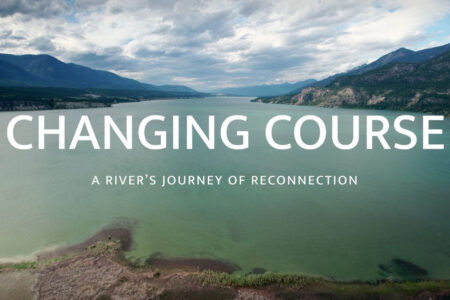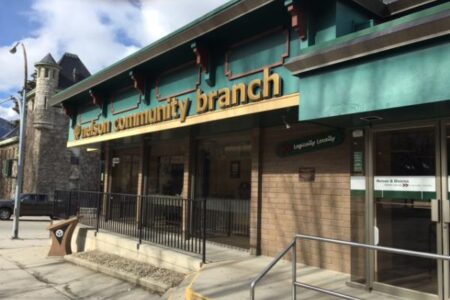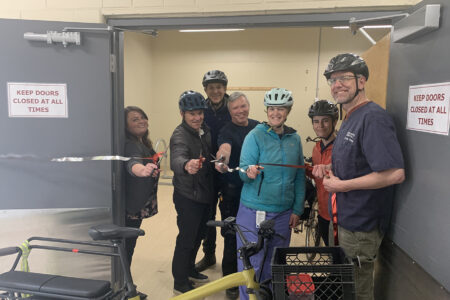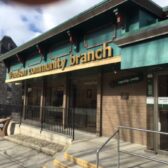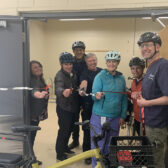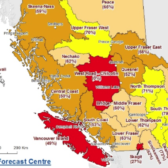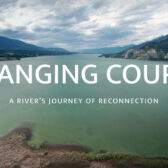Province improves inclusion, accessibility in B.C. parks
The Province is renewing and expanding its commitment to make B.C. parks more inclusive and accessible with the release of the BC Parks Commitment to Inclusion.
The commitment comes with additional funding to upgrade park facilities to accessible standards, so that more people can experience the benefits of being in nature.
The BC Parks Commitment to Inclusion outlines a vision to ensure everyone feels welcome in provincial parks, as well as eight guiding principles that can be applied to any aspect of park management, including natural places, digital services, facilities and programs.
These principles will help remove barriers that restrict people from accessing outdoor recreation in their community.
“We know that being outdoors can help build community and provide many positive health benefits – physical, mental and spiritual. British Columbians love and appreciate the beauty of B.C.’s natural and wild spaces, but there continues to be far too many people who face barriers to being included, welcome and safe in our parks,” said George Heyman, Minister of Environment and Climate Change Strategy.
“Our government is dedicated to ensuring that everyone in B.C. can both access and feel comfortable in our parks, and we will continue our work to break down the barriers that discourage or prevent many of our neighbours from accessing the natural beauty of our province.”
Budget 2023 provides $3.6 million over the next three years to continue upgrading facilities, such as washrooms, parking lots and trails, to an accessible standard in parks near urban centres.
The Commitment to Inclusion outlines the range of actions the Province has taken to ensure provincial parks and protected areas are more welcoming to people, along with a pledge to continue several initiatives, such as:
- ensuring front-country campgrounds and day-use areas have accessible, inclusive features;
- where practical, building new front-country campgrounds to a universal design standard, and making the maximum possible number of campsites accessible to all;
- shifting to gender-neutral, universal facilities wherever feasible;
- sharing diverse cultural connections through increased storytelling and interpretation;
- supporting partnerships and programs for adaptive recreation equipment; and
- fostering a culture of inclusion among BC Parks staff, park operators and volunteers.
“Our government is committed to making sure that everyone in B.C. has equal opportunities to live, work and play in our beautiful province,” said Susie Chant, Parliamentary Secretary for Accessibility and MLA for North Vancouver-Seymour.
“Creating more accessible and inclusive public parks are an essential component of our work to remove barriers and build a province that works for everyone.”
The Commitment to Inclusion was created with input from community organizations that serve equity-deserving groups. The groups provided insight on how their members use provincial parks and what barriers members face when accessing them. There are several categories of barriers, such as physical, cultural, financial, language, sensory, technology and visual.
Accessibility upgrades are being made in several parks throughout the province, and universal design standards are incorporated into new campgrounds and recreation expansion projects.
At the popular Rathtrevor Beach Provincial Park on Vancouver Island, the day-use parking lot has been paved and another section of trail has been upgraded to improve access.
A new universally accessible playground with a recycled rubber surface and wheelchair accessible ramp was built at Miracle Beach Provincial Park, also on Vancouver Island, adding to the growing list of accessible playgrounds throughout B.C.
Since the journey to parks usually begins online, many pages on the BC Parks website include park-specific accessibility information. To help people choose the park that best meets their needs, the website provides photos and descriptions about accessible facilities and infrastructure, such as parking, pathways and campsites, and is continuously improving to meet digital accessibility standards.
The Province is working toward true and meaningful collaboration with Indigenous Peoples, informed by respect for their deep and ongoing connections to the land. To fully respect the importance and breadth of reconciliation in the context of BC Parks, separate and unique initiatives are underway.
“Everyone belongs in nature, regardless of age, ability or any other barrier. With the hard work and thoughtfulness that has gone into the BC Parks Commitment to Inclusion, it feels amazing to know that our participants and anyone else in the community who faces a barrier can visit B.C. parks knowing that they will be welcomed and supported,” said Carinna Kenigsberg, director of programs and impact, Power To Be.
“By improving the accessibility of outdoor spaces, and the approaches to how we interact in the parks, everyone can experience the joys and benefits of spending time in nature.”
The Province is requesting feedback to help understand the barriers people face when accessing government services. Feedback can be submitted online: https://www2.gov.bc.ca/gov/content/governments/about-the-bc-government/accessibility/feedback
Quick Facts:
- In 2015, BC Parks established an Accessibility Advisory Committee with member organizations Disability Society, SPARC BC, Disability Alliance BC, the B.C. Aboriginal Network on Disability Society, and Power To Be.
- From 2018 through 2019, accessibility audits were completed for all 330 front-country parks.
- In partnership with the Social Planning and Research Council of BC, approximately 20,000 British Columbians with mobility-related disabilities were surveyed to identify barriers to accessing provincial parks.
- In 2021, BC Parks installed 500 new welcome signs at entrance points, such as parking lots, kiosks, campgrounds and trailheads.
- These signs were the first step in the long-term commitment to equity and inclusion.
- Gender-neutral washroom signs have been installed on most pit toilets.



